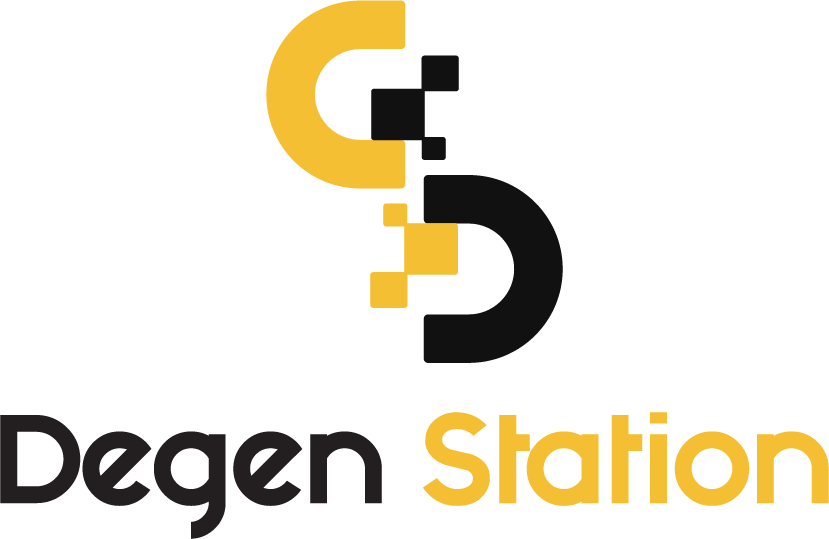Mt. Gox’s Largest Creditor Plans to Hold Bitcoin Instead of Selling

Mt. Gox’s largest creditor, a fund set to receive billions in Bitcoin from the exchange, might opt to hold onto the cryptocurrency rather than selling it immediately.

Mt. Gox’s Largest Creditor Plans to Hold Bitcoin
According to Bloomberg, Mt. Gox’s largest creditor, the Mt Gox Investment Fund, is considering holding onto its Bitcoin rather than selling it upon receipt. However, Bloomberg’s source is anonymous and not officially from the fund, so this should not be taken as the fund’s official stance.
The Mt Gox Investment Fund was established to acquire claims on Mt. Gox’s assets from other creditors who were unwilling to wait through the protracted claims process, which has been ongoing for nearly a decade since the exchange’s hack and bankruptcy declaration in 2014.
The two largest creditors of Mt. Gox, Bitcoinica and the Mt Gox Investment Fund, who collectively represent one-fifth of the total claim value, have stated they will accept a one-time compensation in Bitcoin and cash, rather than in multiple installments, which would allow them to recoup 90% of the asset value they are entitled to from the exchange. Bloomberg’s source indicates that the Mt Gox Investment Fund’s compensation request is expected to be 70% Bitcoin and 30% cash, but specific figures have not been disclosed.
As reported by Coin68, the Mt. Gox asset trustee extended the deadline for creditors to choose their compensation method to March 10, 2023.
Mt. Gox is set to begin distributing assets to creditors from March 10 and must complete the process by September 30. The total compensation includes nearly 142,000 BTC ($3.1 billion USD), 143,000 BCH ($16.7 million USD), and 69 billion Japanese yen (approximately $510 million USD) that Japanese authorities have recovered from the exchange’s attack.
However, the exact timing for the Bitcoin distribution has yet to be announced by the Mt. Gox trustee.





